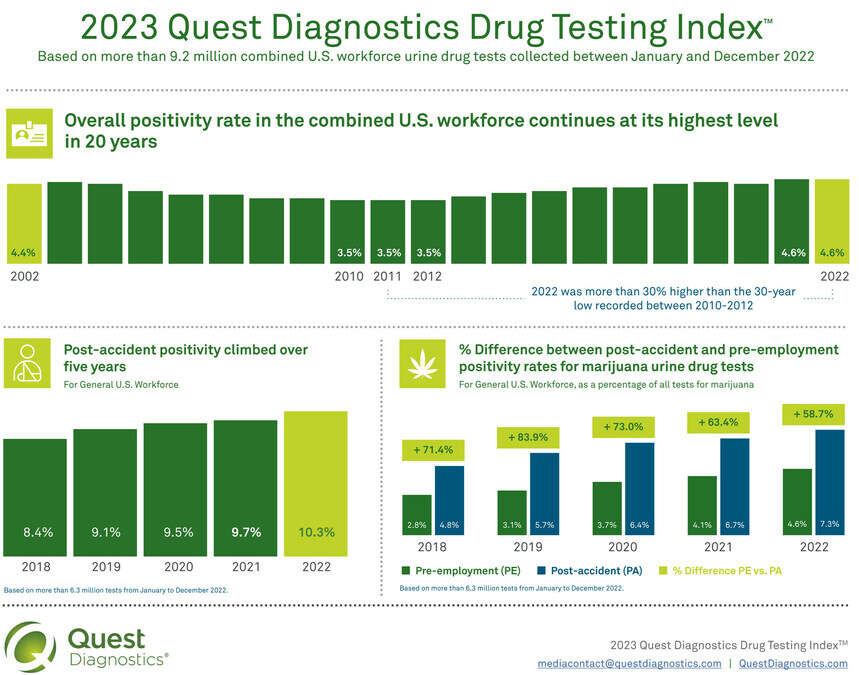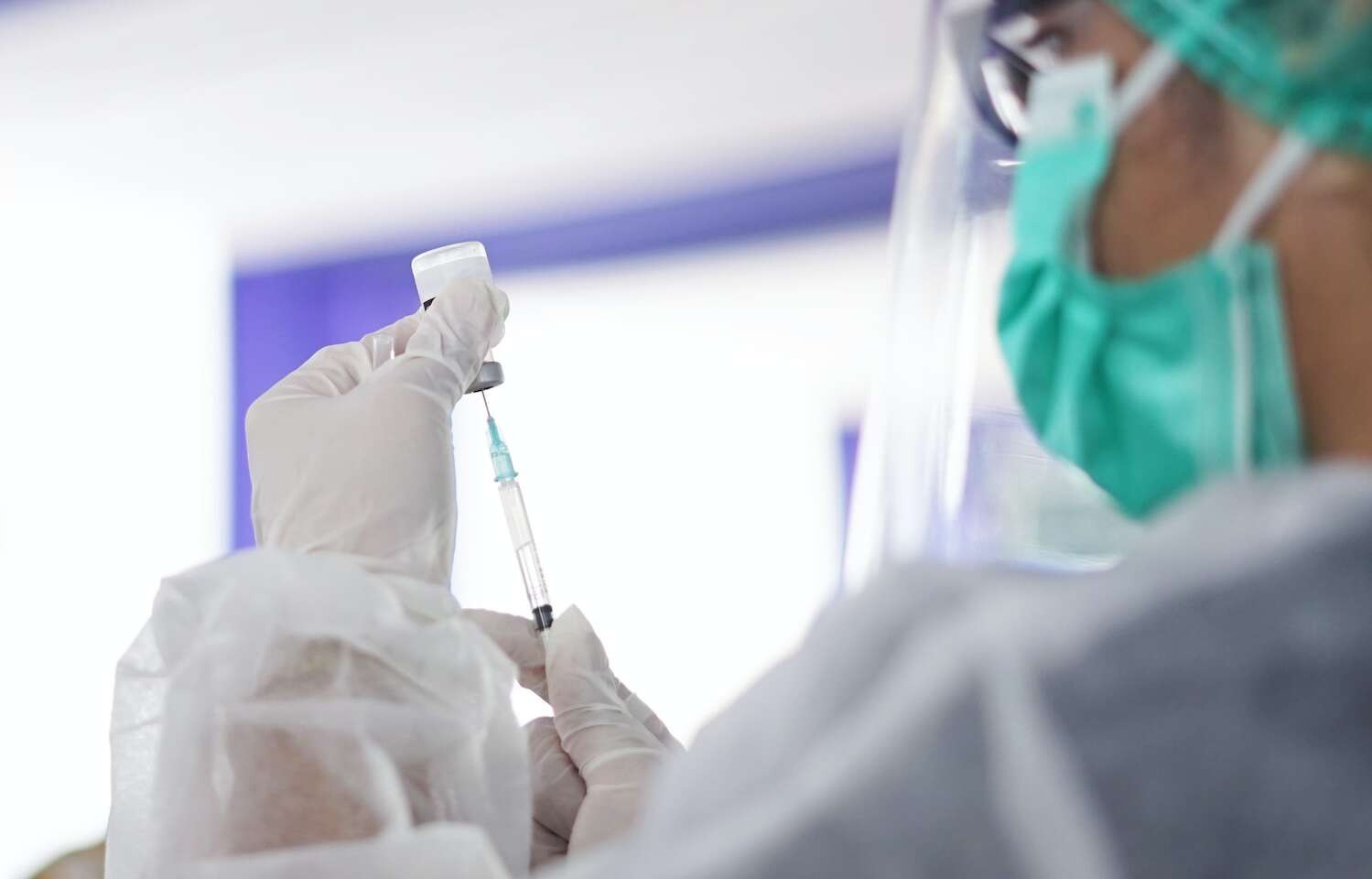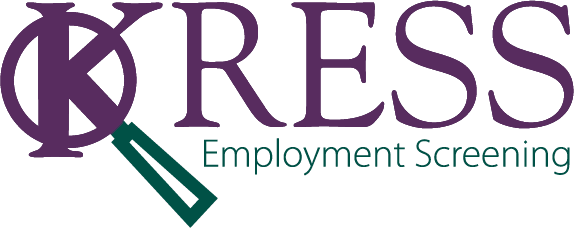We're witnessing a substantial and concerning trend in the workplace: a disturbing rise in the number of workers tampering with drug tests. This behavior, also known as "adulteration," involves manipulating a urine sample to mask or alter the presence of drugs. While drug testing has been a standard practice for many companies for years, the increase in tampering incidents suggests that it is becoming easier and more common for employees to cheat the system.
This trend poses profound implications for workplace safety, productivity, and overall business integrity. As employers and HR professionals, understanding the depth of this issue is vital. Drug testing is a key component in maintaining a safe and compliant workplace, and the increase in tampering complicates this mission. In this post, we'll explore the reasons behind this trend and discuss ways to prevent and address it in the workplace.

Data from Quest Diagnostics www.QuestDiagnostics.com.
Surge in Drug Test Tampering
Quest Diagnostics recently analyzed nearly 10 million workforce drug tests conducted in 2023. Their findings paint a disturbing picture of the extent to which drug test tampering has increased, which they believe to be the highest rate in over 30 years.
The analysis revealed two primary methods workers are using to tamper with their drug tests: substituted and invalid urine specimens.
Substituted Urine Specimens
One of the most startling findings was a 633% increase in substituted urine specimens compared to 2022. This method involves workers submitting fake urine samples instead of their own - either using synthetic urine kits or someone else's urine. These methods are becoming increasingly sophisticated, making it harder for standard drug tests to detect.
Invalid Urine Specimens
There has also been a 45.2% increase in invalid urine specimens, suggesting tampering with adulterants. This category includes samples that are altered chemically to mask the presence of drugs.
In Vitro Adulteration
This involves adding household chemicals or commercial adulterant products directly to the urine sample after collection. Common adulterants include:
- Oxidants like bleach, hydrogen peroxide, and nitrites - These can oxidize and destroy drug metabolites in urine.
- Acids/bases like vinegar, lemon juice, ammonia - These alter the pH to interfere with testing.
- Glutaraldehyde, pyridinium chlorochromate (PCC) - These disrupt the enzymes used in some drug tests.
In Vivo Adulteration
Ingesting substances before providing the urine sample in an attempt to flush out or mask drug metabolites. This includes:
- Drinking excessive water to dilute the urine.
- Taking products like herbal teas or diuretics to increase urine output.
Detecting Adulteration
To detect adulteration, laboratories use validity tests that check for abnormal pH, creatinine levels, specific gravity, presence of oxidants/nitrites, and other signs that the sample has been tampered with. Some drug tests also have built-in adulteration strips to check multiple validity parameters.
Adulteration undermines the accuracy and integrity of drug testing programs. While adulterants can sometimes cause false negatives on screening tests, laboratories use confirmatory methods like gas chromatography-mass spectrometry (GC-MS) that are less susceptible to adulteration.

What's Driving the Trend?
Two major reasons are contributing to the increase in sample adulteration. Firstly, the rise in remote work has blurred the lines between home life and work life. What was once a clear distinction between the two has now become muddled for many individuals.
This shift has led to justifications for partaking in activities such as drinking and drug use during work hours. For example, an individual might rationalize taking an edible in the afternoon, believing it won't affect their work since they have completed their tasks for the day and don't anticipate any calls.
Secondly, the spread of marijuana legalization across various cities and states has introduced inconsistencies in practices between home life and work life. Someone working remotely in Colorado, where recreational marijuana use is legal, may face challenges if their employer is based in Texas, where marijuana is still illegal.
This discrepancy can lead to misunderstandings and complications. Workers commuting from a city where marijuana is legal to one where it isn't may find themselves navigating confusing and conflicting regulations.
A closer examination of the Quest data suggests that the increase in tampering coincides with a rise in positive marijuana tests. The rate of positive marijuana tests has risen from 3.1% in 2019 to 4.5% in 2023. In states where recreational marijuana is legal, the rate peaked at 5.8% in 2023. This trend indicates a growing acceptance of marijuana use, which is likely influencing workers' attempts to conceal their drug use through tampering.
The number of post-accident positive marijuana tests has increased by 114% between 2015 and 2023. This surge highlights a critical link between societal acceptance/legalization of marijuana and the rise in tampering to hide drug use, particularly after workplace accidents.
Why Would an Employee Tamper a Drug Test?
Understanding the underlying reasons for drug test tampering can help employers devise effective prevention strategies. Some of the key motivations for employees to tamper a drug test include:
- Fear of losing their job or disciplinary action.
- Desperate attempts to hide drug use and avoid the consequences.
- The belief that tampering will help them pass the test undetected.
- The belief that marijuana use should be socially acceptable and not penalized in the workplace.
- Peer influence, where employees may feel pressured to conform to social circles that engage in drug use.
- Perception of ineffective drug policies, where employees believe the likelihood of getting caught or penalized is low.
What Does This Mean for Employers?
The increase in drug test tampering has serious implications for employers, particularly regarding workplace safety and policy enforcement.
Tampering with drug tests undermines the effectiveness of drug-free workplace policies, posing significant risks to workplace safety. Employees under the influence of drugs can compromise their own safety and that of their colleagues, leading to increased accidents and liabilities for employers.
Prevention Strategies for Employers
Employers can take proactive measures to prevent drug test tampering and promote a safe and drug-free workplace. Some strategies include:
Fostering a Positive Work Environment
- Promoting open communication between employees and management.
- Encouraging employees to get help for substance abuse through an Employee Assistance Program (EAP).
Employee Education and Training
- Educating employees on the risks of drug use and the consequences of tampering a drug test.
- Providing training for HR professionals and managers to recognize signs of drug use and tampering.
Drug Testing Policies and Procedures
- Implementing more sophisticated drug testing methods, such as hair or saliva tests, which are more difficult to tamper with.
- Regularly reviewing and updating drug testing policies to ensure they align with current trends and legal requirements.
- Use of random drug testing to deter drug use and tampering.
- Keeping drug testing procedures confidential and ensuring that only authorized personnel can access test results.
KRESS Insight
We advocate for an integrated approach that combines education, policy enhancement, and advanced testing methods to reinforce a safe and compliant workplace environment.
Employers should not only focus on rigorous testing but also promote a culture of openness and support where employees feel encouraged to discuss substance use issues without fear of retribution. This holistic strategy can help to ensure both productivity and safety remain uncompromised.
Chandra Kill, CEO of KRESS, says,
"As the landscape of drug use continues to evolve, employers must stay vigilant and proactive in their efforts to maintain a safe and healthy workplace. A comprehensive drug testing program, coupled with education and support programs, can go a long way in preventing drug use and tampering in the workplace."
Additional Resources
KRESS is committed to helping businesses establish and maintain drug-free workplaces through tailored solutions that address specific industry needs and workforce challenges. By partnering with KRESS, you can confidently navigate the complexities of maintaining a drug-free environment, ultimately fostering a healthier and more reliable workforce.
For more information on preventing employee drug test tampering and maintaining a safe workplace, check out these resources:









